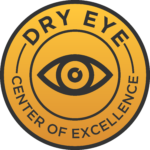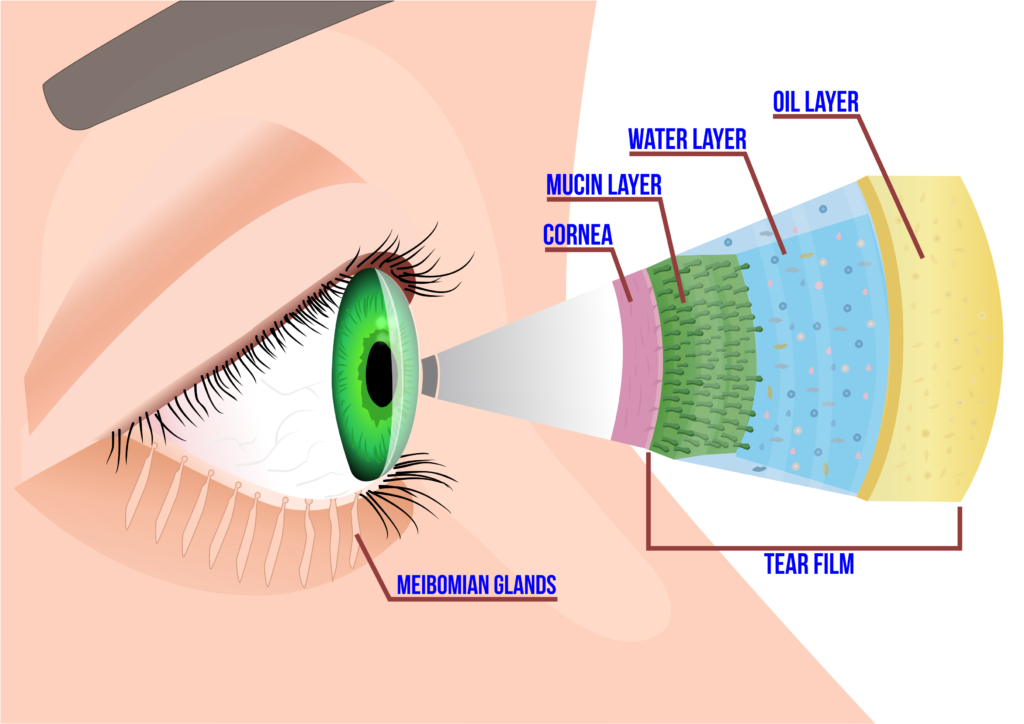What is a Dry Eye Workup?
Dry Eye Workup Explained
Several medical and environmental conditions can cause dry eyes. To successfully treat dry eyes and provide lasting relief, Dr. Pinkerton must pinpoint the specific cause. Although natural tears are often a patient’s first line of defense against dry eyes, they are not always effective.
Eyedrops Are Not The Only Answer
A dry eye workup is a series of special tests to determine the cause and extent of chronic dry eye and how best to treat the root cause as opposed to just the symptoms. The workup also gives baseline measurements so the doctor can monitor your progress over time.
 As a Dry Eye Center of Excellence, Insight Eyecare has leading-edge diagnostic technology to perform the workup and knowledge of the latest treatment options targeting the various causes of dry eyes.
As a Dry Eye Center of Excellence, Insight Eyecare has leading-edge diagnostic technology to perform the workup and knowledge of the latest treatment options targeting the various causes of dry eyes.
What to Expect During a Dry Eye Workup
The evaluation takes about 45 minutes in the Kilgore office and looks at:
- Tear quality (volume, adherence, and composition)
- Ocular surface inflammation
- Meibomian gland function (upper and lower eyelid glands that produce the oil layer of tear film)
Patient Preparation
- On the day of as well as the day before your dry eye workup, DO NOT USE EYE DROPS.
- Contact lens wearers may be asked to remove them for certain tests.
- Eye makeup may be worn.
Treatment Plan
Workup results tell Dr. Pinkerton if your dry eyes are the result of a tear distribution problem or if a lid margin disease such as blepharitis or Meibomian Gland Dysfunction (MGD) is the underlying cause.

Lid margin disease is the single most common cause of evaporative dry eye. Artificial tears and prescription eyedrops do nothing to reverse lid margin disease.
Depending on the cause, treatment options might include:
- Oral medications (antibiotics, dietary supplements)
- Lubrication (artificial tears or medicated eyedrops, such as Restasis or Xiidra)
- Steroid treatment for inflammation (administered as an eyedrop)
- Resorbable punctal plugs (to slow the rate of tear drainage)
- Eyelid exfoliation (BlephEx)
- Eyelid moist heat therapy (EyeXPress and Bruder mask)
EyeXPress Series
Patients with lid margin disease may be prescribed a series of treatments performed over four office visits in Kilgore to unplug glands and restore adequate tear film production. Dr. Pinkerton will discuss the steps in detail.
Call (903) 984-3101 today for an appointment and relief from dry, itchy eyes.
